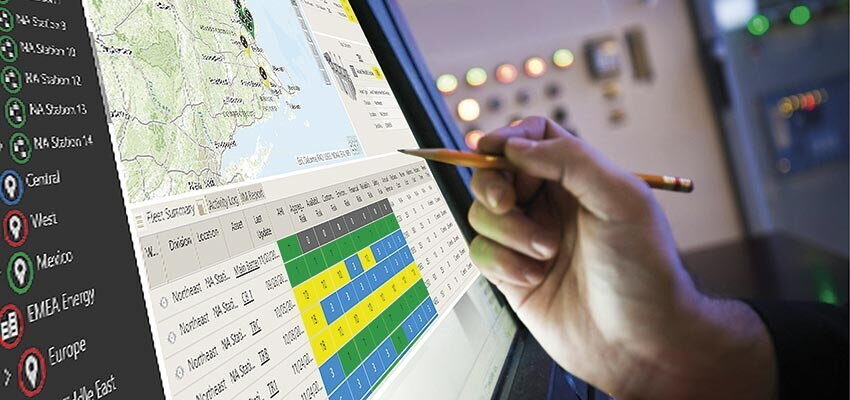
Column: Condition monitoring
Beyond the basics of condition monitoring Traditional approaches to asset management worked in traditional business environments, where time-based maintenance, fix on fail and redundant capacity...
byTony McGRAIL

Beyond the basics of condition monitoring
Traditional approaches to asset management worked in traditional business environments, where time-based maintenance, fix on fail and redundant capacity were common, but times have changed. Power and utility teams now face a complex world with mounting pressure to keep assets in service and loaded to a high level, while simultaneously reducing the risk of failure. Changes in strategy and approach, such as moving to new maintenance schemes like Reliability Centered Maintenance (RCM) or Risk and Criticality Based Maintenance (RCBM) systems have helped teams target specific asset conditions and needs and keep systems up and running.
As needs for a reliable power grid grow, it becomes even more important for teams to get actionable insight into key indicators beyond what condition an asset is in. Teams need to know the condition it will be in depending on loading and operational scenarios. The basic approach to loading, in IEEE C57.91 for loading mineral-oil-immersed transformers, for example, is not just a set of arcane rules – these methods should also be applied in practice to improve asset utilization.
Navigating a complex power landscape: How condition monitoring can help
An increasing number of power and utility teams are turning to condition monitoring tools to get a better understanding of the complexities of their transformers. They understand why condition monitoring matters, how to create an effective strategy and the key data points to track and are now looking to take this a step further with even deeper planning, strategic thinking and collaboration among all team members.
To ask the right questions and make critical decisions about asset health and maintenance under pressure, teams don’t just need a framework, they also need to fully understand how to use available data to their advantage to meet the unique asset health needs of their transformer fleet. Transformers are not commodity items, and though they have families, some siblings may be somewhat tenuous relations. Working out how these family members react under pressure could be a challenge.







